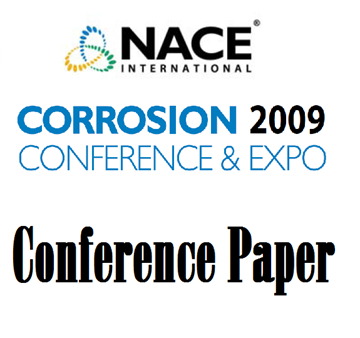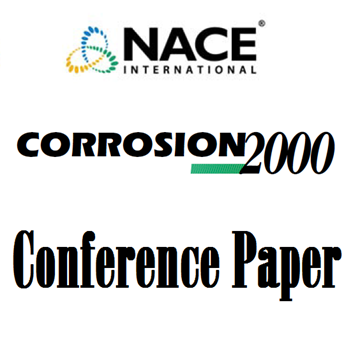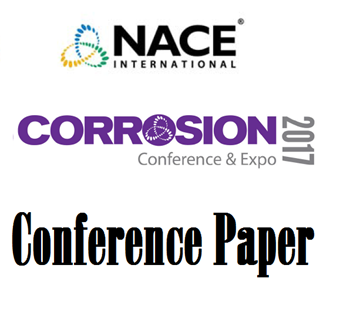Search
09472 Maximum Flow Intensities at Tools for Measuring Flow Influenced Corrosion
Also Purchased
09479 Erosion-Corrosion Failure of a Carbon Steel Pipe Elbow - A Case Study
Product Number:
51300-09479-SG
ISBN:
09479 2009 CP
Publication Date:
2009
$20.00
00052 JET IMPINGEMENT TESTING FOR FLOW ACCELERATED CORROSION
Product Number:
51300-00052-SG
ISBN:
00052 2000 CP
Publication Date:
2000
$20.00
CFD-based Prediction of Flow Induced Corrosion
Product Number:
51317--9126-SG
ISBN:
9126 2017 CP
Publication Date:
2017
$20.00




